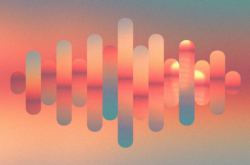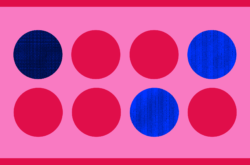While XLN Audio’s RC-20 Retro Color is best known for its ability to add a lo-fi vinyl aesthetic to tracks, the reality is it’s anything but a one-trick pony.
In a previous video tutorial, we covered some unexpected ways you can use RC-20. But don’t just take our word for it—below, producers / educators Bad Snacks and J3PO give us an inside look into how they use RC-20 in their own creative processes.
Bad Snacks
Bad Snacks: The first example is a lead sound that I made a setting for using RC-20 that emphasizes a distorted and hissy wobble, with a low-pass filter to mellow it out. The second example is a warm keys patch where I tweaked the “Vinyl 2” preset so that it’s mega-spaced out and a little wider using a stereo wobble. I use this setting on my electric piano sounds a lot, especially for higher bell-type sounds.
J3PO
J3PO: RC-20 has a lot of great presets, but once you start diving into each individual module, you’ll see that there’s an infinite amount of things you can do to make it customized to your sound. For example, you can use the Magnitude slider for SP-404-style transitions. You can also use RC-20 in more subtle ways, by applying some of the modules like the Distortion, Noise, and Warble to individual tracks.
Hopefully, Bad Snacks and J3PO have inspired some ideas around how you might be able to use RC-20 in your own productions. Do you have any questions about the plugin or any concepts they covered? Who would you like to see us feature for music production tutorials next? Let us know in the comments below.
Try RC-20 Retro Color for free, and then Rent-to-Own the plugin for $4.99/mo until you own it outright:
September 30, 2021



